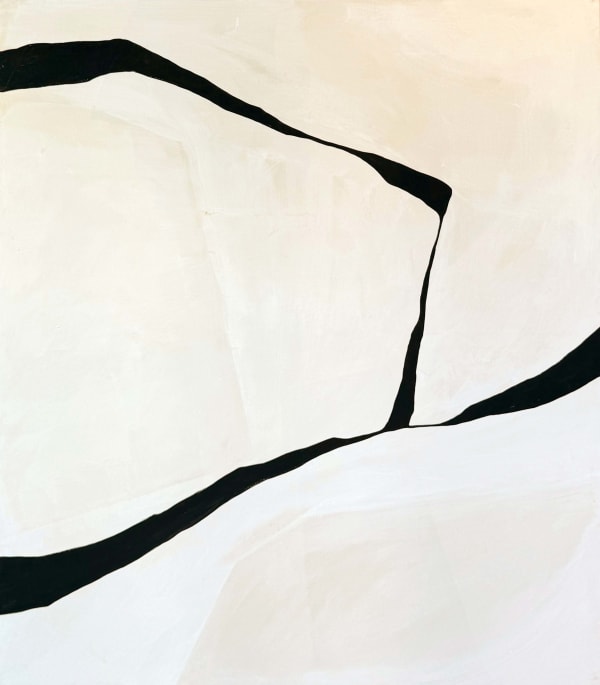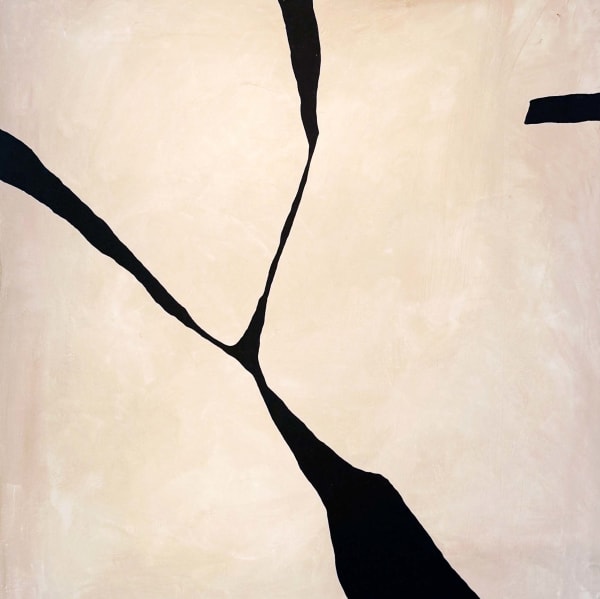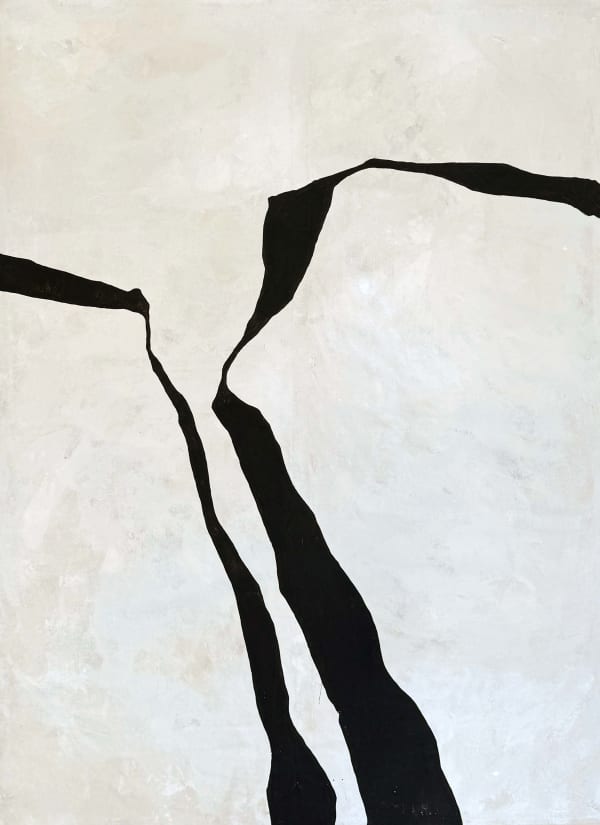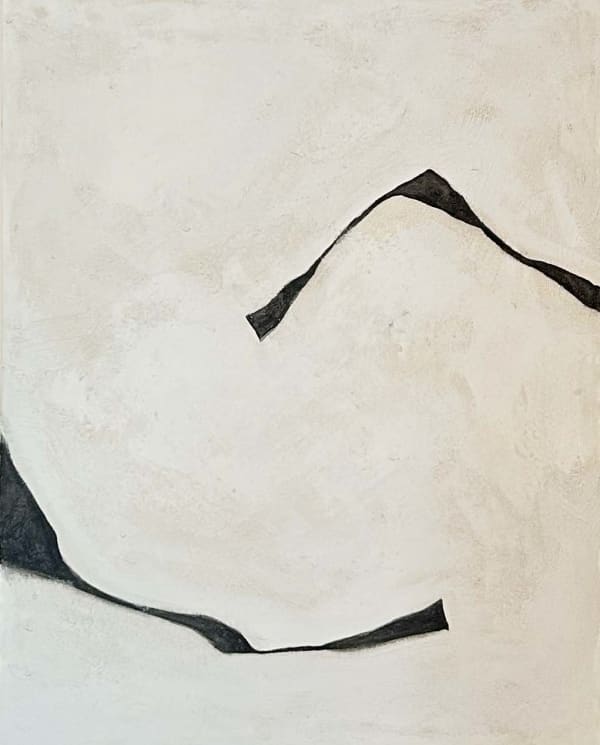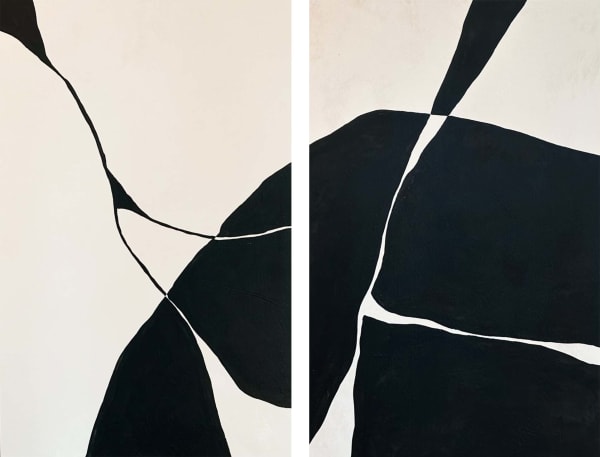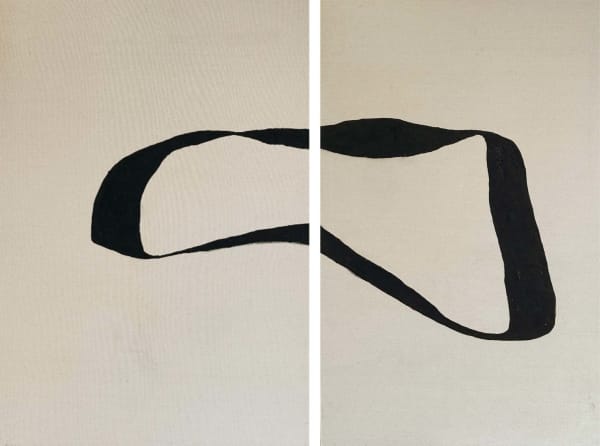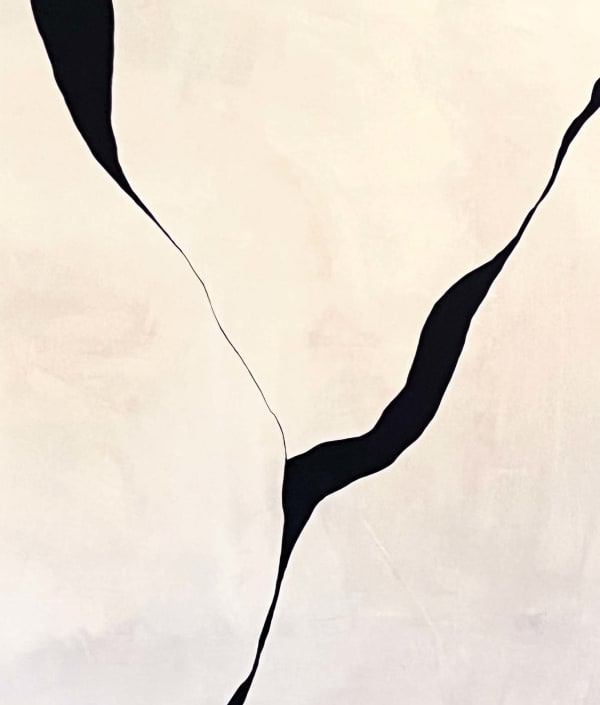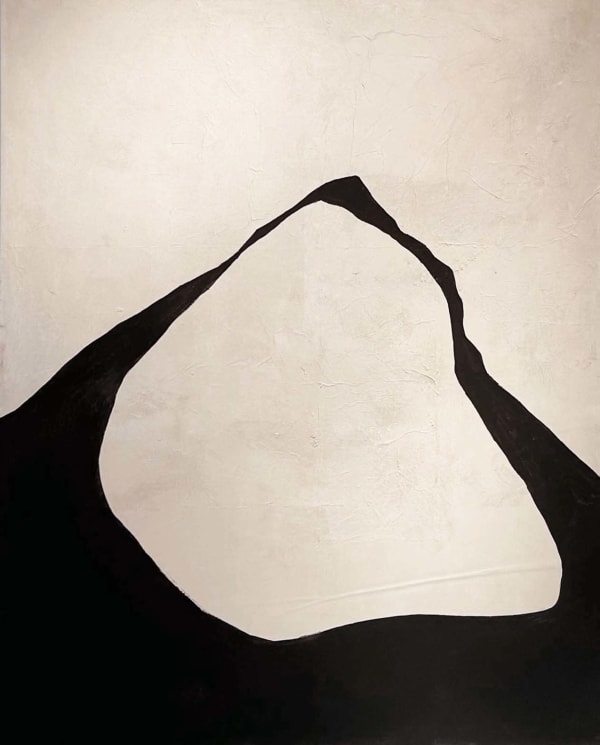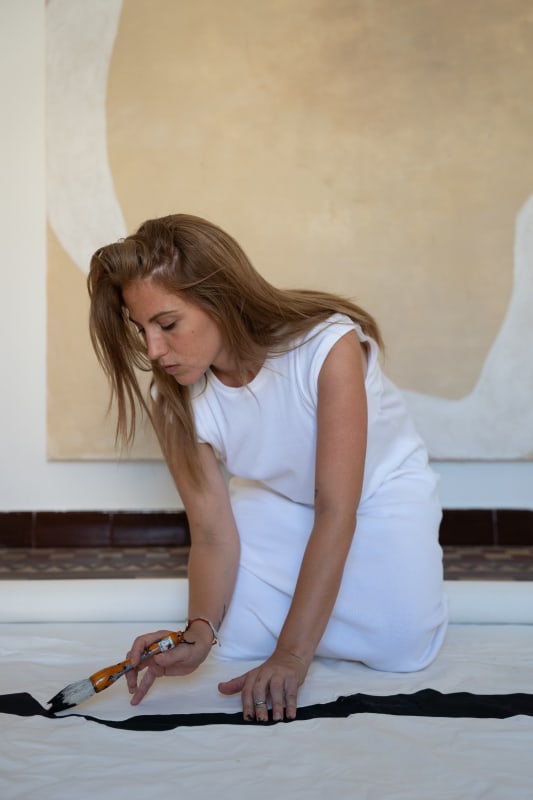-
 Alicia GimenoConnection 5Mixed Medium on Canvas54" x 72"
Alicia GimenoConnection 5Mixed Medium on Canvas54" x 72" -
 Alicia GimenoBalance 9Mixed Medium on Canvas66" x 62"
Alicia GimenoBalance 9Mixed Medium on Canvas66" x 62" -
 Alicia GimenoBalance 10Mixed Medium on Canvas66" x 62"
Alicia GimenoBalance 10Mixed Medium on Canvas66" x 62" -
 Alicia GimenoBalance 6Mixed Medium on Canvas66" x 57"
Alicia GimenoBalance 6Mixed Medium on Canvas66" x 57" -
 Alicia GimenoBalance 8Mixed Medium on Canvas66" x 57"
Alicia GimenoBalance 8Mixed Medium on Canvas66" x 57" -
 Alicia GimenoUnion 8Mixed Medium on Canvas69.5" x 50"
Alicia GimenoUnion 8Mixed Medium on Canvas69.5" x 50" -
 Alicia GimenoForm & Line 21Mixed Medium on Canvas60" x 60"
Alicia GimenoForm & Line 21Mixed Medium on Canvas60" x 60" -
 Alicia GimenoForm & Line 23Mixed Medium on Canvas69" x 56"
Alicia GimenoForm & Line 23Mixed Medium on Canvas69" x 56" -
 Alicia GimenoBalance 2Mixed Medium on Canvas68" x 54"
Alicia GimenoBalance 2Mixed Medium on Canvas68" x 54" -
 Alicia GimenoForm & Line 24Mixed Medium on Canvas66" x 52"
Alicia GimenoForm & Line 24Mixed Medium on Canvas66" x 52" -
 Alicia GimenoForm & Line 25Mixed Medium on Canvas62" x 52"
Alicia GimenoForm & Line 25Mixed Medium on Canvas62" x 52" -
 Alicia GimenoForm & Line 26Mixed Medium on Canvas82" x 66"
Alicia GimenoForm & Line 26Mixed Medium on Canvas82" x 66" -
 Alicia GimenoForm & Line 22Mixed Medium on Canvas61' x 81"
Alicia GimenoForm & Line 22Mixed Medium on Canvas61' x 81" -
 Alicia GimenoForm & Line 20Mixed Medium on Canvas70" x 50"
Alicia GimenoForm & Line 20Mixed Medium on Canvas70" x 50" -
 Alicia GimenoForm & Line 13Mixed Medium on Canvas58" x 50"
Alicia GimenoForm & Line 13Mixed Medium on Canvas58" x 50" -
 Alicia GimenoForm & Line 11Mixed Medium on Canvas46" x 56"
Alicia GimenoForm & Line 11Mixed Medium on Canvas46" x 56" -
 Alicia GimenoUnion 5Mixed Medium on Linen65" x 55"
Alicia GimenoUnion 5Mixed Medium on Linen65" x 55" -
 Alicia GimenoForm & Line 6Mixed Medium on Linen76" x 54"
Alicia GimenoForm & Line 6Mixed Medium on Linen76" x 54" -
 Alicia GimenoForm & Line 4Mixed Medium on Canvas39" x 31"
Alicia GimenoForm & Line 4Mixed Medium on Canvas39" x 31" -
 Alicia GimenoForm & Line 16Mixed Medium on Canvas57" x 47"
Alicia GimenoForm & Line 16Mixed Medium on Canvas57" x 47" -
 Alicia GimenoUnion 9Mixed Medium on Canvas60" x 60"
Alicia GimenoUnion 9Mixed Medium on Canvas60" x 60" -
 Alicia GimenoBalance 7Mixed Medium on Canvas66" x 57"
Alicia GimenoBalance 7Mixed Medium on Canvas66" x 57" -
 Alicia GimenoForm & Line 17Mixed Medium on Canvas46" x 35"
Alicia GimenoForm & Line 17Mixed Medium on Canvas46" x 35" -
 Alicia GimenoForm & Line 12Mixed Medium on Canvas58" x 44"
Alicia GimenoForm & Line 12Mixed Medium on Canvas58" x 44" -
 Alicia GimenoBalance 4Mixed Medium on Canvas59" x 47"
Alicia GimenoBalance 4Mixed Medium on Canvas59" x 47" -
 Alicia GimenoForm & Line 15Mixed Medium on Canvas66" x 53"
Alicia GimenoForm & Line 15Mixed Medium on Canvas66" x 53" -
 Alicia GimenoForm & Line 19Mixed Medium on Canvas59" x 47"
Alicia GimenoForm & Line 19Mixed Medium on Canvas59" x 47" -
 Alicia GimenoBalance 5Mixed Medium on Canvas59" x 47"
Alicia GimenoBalance 5Mixed Medium on Canvas59" x 47" -
 Alicia GimenoConnection 1bMixed Medium on Canvas21.5" x 17"Alicia Gimeno, Connection 1bSold
Alicia GimenoConnection 1bMixed Medium on Canvas21.5" x 17"Alicia Gimeno, Connection 1bSold -
 Alicia GimenoConnection 1aMixed Medium on Canvas21.5" x 20"Alicia Gimeno, Connection 1aSold
Alicia GimenoConnection 1aMixed Medium on Canvas21.5" x 20"Alicia Gimeno, Connection 1aSold -
 Alicia GimenoBalance 3Mixed Medium on Canvas59" x 47"
Alicia GimenoBalance 3Mixed Medium on Canvas59" x 47" -
 Alicia GimenoBalance 1Mixed Medium on Canvas68" x 54"
Alicia GimenoBalance 1Mixed Medium on Canvas68" x 54" -
 Alicia GimenoForm & Line 7Mixed Medium on Canvas48" x 39"
Alicia GimenoForm & Line 7Mixed Medium on Canvas48" x 39" -
 Alicia GimenoForm & Line 18Mixed Medium on Canvas59" x 47"
Alicia GimenoForm & Line 18Mixed Medium on Canvas59" x 47" -
 Alicia GimenoUnion 7Mixed Medium on Canvas55" x 44.5"
Alicia GimenoUnion 7Mixed Medium on Canvas55" x 44.5" -
 Alicia GimenoForm & Line 8Mixed Medium on Canvas58" x 50"
Alicia GimenoForm & Line 8Mixed Medium on Canvas58" x 50" -
 Alicia GimenoUnion 6Mixed Medium on Canvas57" x 29"
Alicia GimenoUnion 6Mixed Medium on Canvas57" x 29" -
 Alicia GimenoConnection 3Mixed Medium on Canvas56" x 75"
Alicia GimenoConnection 3Mixed Medium on Canvas56" x 75" -
 Alicia GimenoUnion 4Mixed Medium on Linen68" x 57"
Alicia GimenoUnion 4Mixed Medium on Linen68" x 57" -
 Alicia GimenoConnectionMixed Medium on Linen58" x 72"
Alicia GimenoConnectionMixed Medium on Linen58" x 72" -
 Alicia GimenoUnion 3Mixed Medium on Canvas20" x 16"
Alicia GimenoUnion 3Mixed Medium on Canvas20" x 16" -
 Alicia GimenoForm & Line 9Mixed Medium on Canvas63.5" x 51"
Alicia GimenoForm & Line 9Mixed Medium on Canvas63.5" x 51" -
 Alicia GimenoForm & Line 10Mixed Medium on Canvas57" x 46"
Alicia GimenoForm & Line 10Mixed Medium on Canvas57" x 46" -
 Alicia GimenoForm & Line 14Mixed Medium on Canvas47" x 32"
Alicia GimenoForm & Line 14Mixed Medium on Canvas47" x 32" -
 Alicia GimenoForm & Line 3Mixed Medium on Canvas39" x 31"
Alicia GimenoForm & Line 3Mixed Medium on Canvas39" x 31" -
 Alicia GimenoUnionMixed Medium on Canvas71" x 55"
Alicia GimenoUnionMixed Medium on Canvas71" x 55" -
 Alicia GimenoForm & LineMixed Medium on Canvas38" x 38"
Alicia GimenoForm & LineMixed Medium on Canvas38" x 38" -
 Alicia GimenoForm & Line 2Mixed Medium on Canvas57" x 47.5"
Alicia GimenoForm & Line 2Mixed Medium on Canvas57" x 47.5" -
 Alicia GimenoForm & Line 5Mixed Medium on Canvas63" x 51"
Alicia GimenoForm & Line 5Mixed Medium on Canvas63" x 51" -
 Alicia GimenoUnion 2Mixed Medium on Canvas63" x 47"
Alicia GimenoUnion 2Mixed Medium on Canvas63" x 47" -
 Alicia GimenoCeramic Sculpture 2
Alicia GimenoCeramic Sculpture 2 -
 Alicia GimenoCeramic Sculpture
Alicia GimenoCeramic Sculpture -
 Alicia GimenoConnection 4Mixed Medium on Canvas58.5" x 100"
Alicia GimenoConnection 4Mixed Medium on Canvas58.5" x 100"
“My work combines two concepts that define me, the organic and nature-based form inherited from Catalan modernism that surrounds my life, and my interest in spirituality applied to Japanese calligraphy.”
Alicia Gimeno, a Barcelona-based artist born in 1989, has always sought to
understand the forms of the world. Growing up in a family of engineers, where a
technical understanding of space was the norm, she retained a taste for abstraction
and added a dose of playfulness and creative freedom. Her works—both visual and
sculptural—explore the expressive possibilities of form and line in relation to their
context. She starts from an aesthetic utopia: stripping forms bare, emptying them
of everything non-essential. For Gimeno, this does not set limits but opens an
infinite horizon of search.
From a young age, she was captivated by Eastern calligraphy and delved into the
act of writing. She recognized that writing could be a form of expression
independent of language and reading comprehension. Her chromatic range centers
on the polarities of black and white, allowing her clarity in her formal language.
It’s not that color is absent, but rather that the artist simply doesn’t need it for
expression. Canvases become surfaces for text, almost in a calligraphic operation.
Her abstract calligraphies, infused with botanical essence, aim to invite
introspection and a connection to the natural world. These works are not merely an
exploration in the visual realm but rather seek to delve into the energetic
expression of the brushstroke through movement. Guided by the concept of Qì (氣), the purest essence of life, and informed by her studies of Eastern thought,
Gimeno delves into concepts such as wabi sabi—the finding of beauty in
imperfection—and ma—the negative space that can only be understood within its
context.
For Gimeno, art is an autonomous language rooted in life and movement. Good art,
she believes, allows form to embrace life’s flow rather than constrict it. In her
work, context and text open a dialogue, creating an organic synthesis that connects
the material, the spiritual, and the viewer.



